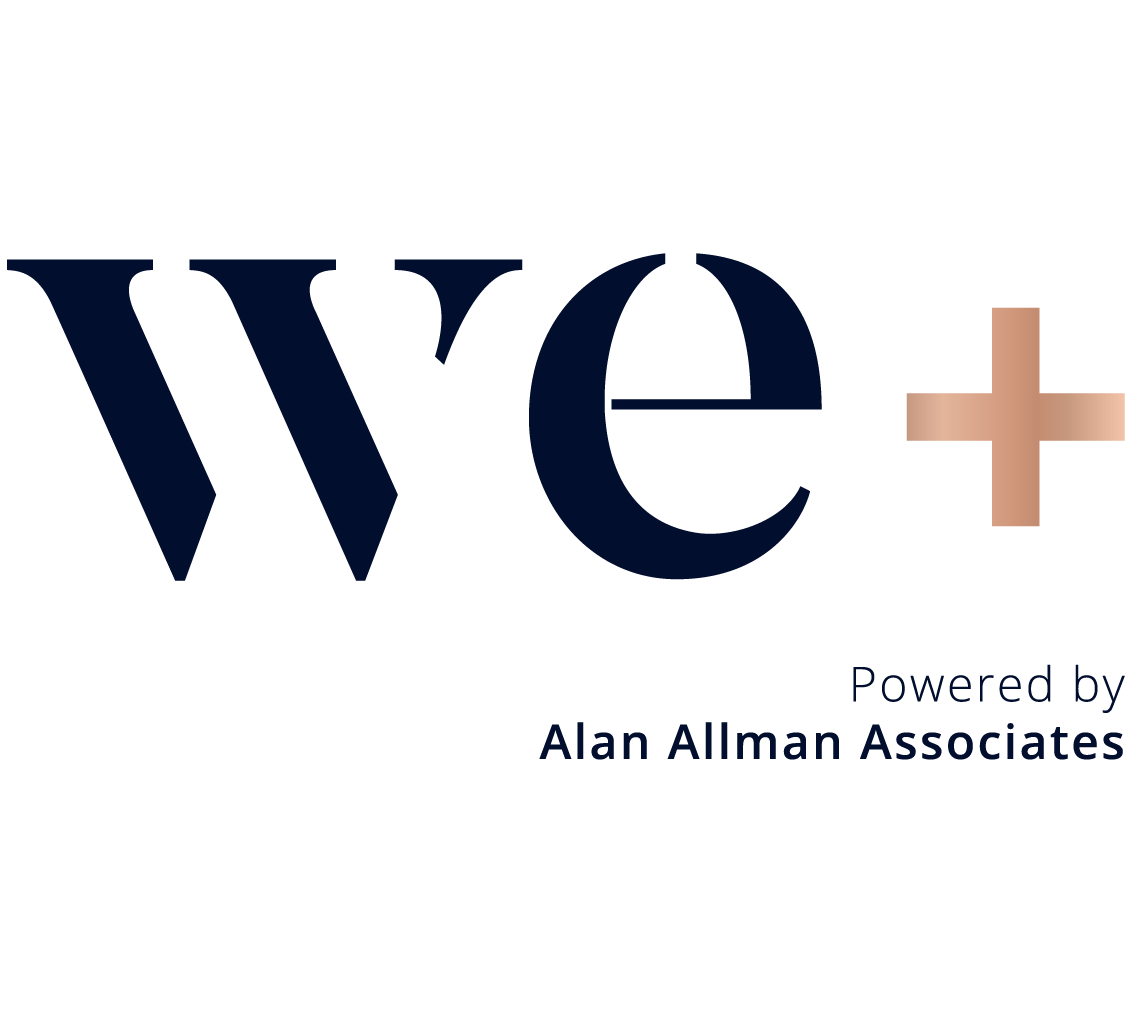Artificial Intelligence is changing the way we work. You’re probably already integrating tools like ChatGPT, Google Bard and Microsoft Bing into your work habits. And if you’re not – you really should! However, there are some cyber security risks involved. Have you thought about what happens to the confidential information you’re feeding AI systems? Fear not: follow these guidelines for data security and you’re good to go.
Data security: why is it crucial?
Whatever your activities, chances are that you’re collecting and using a lot of confidential data. You’re sitting on a treasure trove of customer information, from their home address and phone number to their personal preferences. You store your own financial records on a hard drive somewhere and you train new employees with internal memos containing your hard-earned trade secrets. If any of those leak, you’ll have to deal with severe consequences. You’ll lose the trust of your customers and likely suffer financial loss, not to mention legal proceedings. And there’s also regulation to consider like GDPR, HIPAA and PCI DSS.
On the other hand, the benefits of strong data security are immeasurable. Your customers will be more likely to trust you with their data, allowing you to gain valuable insights and giving you a competitive advantage. What’s not to love?
How to keep data safe when using AI?
AI, and specifically Large Language Models, are trained on a large amount of data. The content they produce is only as good as the training data they’ve received as input. If you want to make good use of the strengths of AI, chances are you will have to feed more specialized data into the tools you’re using.
Let’s say you’re using AI to develop personalized e-mail content to send to your customers. Great idea! You’ll be able to create a large amount of content with just a few prompts, targeting your customers in exactly the right way. Now, just follow these do’s and don’ts for AI and cyber security and turn them into habits.
The do’s and don’ts
- DO use secure platforms, check privacy policies and use strong passwords. Choose reputable platforms prioritizing data encryption and adhere to industry-standard security practices. Read their privacy policy thoroughly before you start using the app. Protect your accounts with a strong, unique password that you update regularly. DO NOT use public channels. Never share sensitive information on public forums or social media.
- DO define what you want before you start and monitor conversations as they go on. If you’re using AI, make sure you know precisely what you need it to do before sharing any information. Keep a vigilant eye on AI interactions to ensure correct handling of information. DO NOT over-share. Tell the AI what it needs to know to output good content, but stick to the task at hand.
- DO prompt smartly and anonymise data. Share only necessary information and swap personal data out with synthetic data or pseudonyms. Avoid providing excessive details that aren’t relevant to the prompt. DO NOT share unauthorized data. Make sure you have the authorization to use the data you’re inputting, especially if it involves customer information.
- DO close the app responsibly. When you’re done, delete data you no longer need and close the application. DO NOT store sensitive data within AI applications or chat logs. Even with all the good practices above, you never know when there might be a data breach.
As a rule, trust your gut. If you see any red flags while using an AI application, close it down. And with that, you’re good to go! Get creative and enjoy the benefits of the AI revolution.

